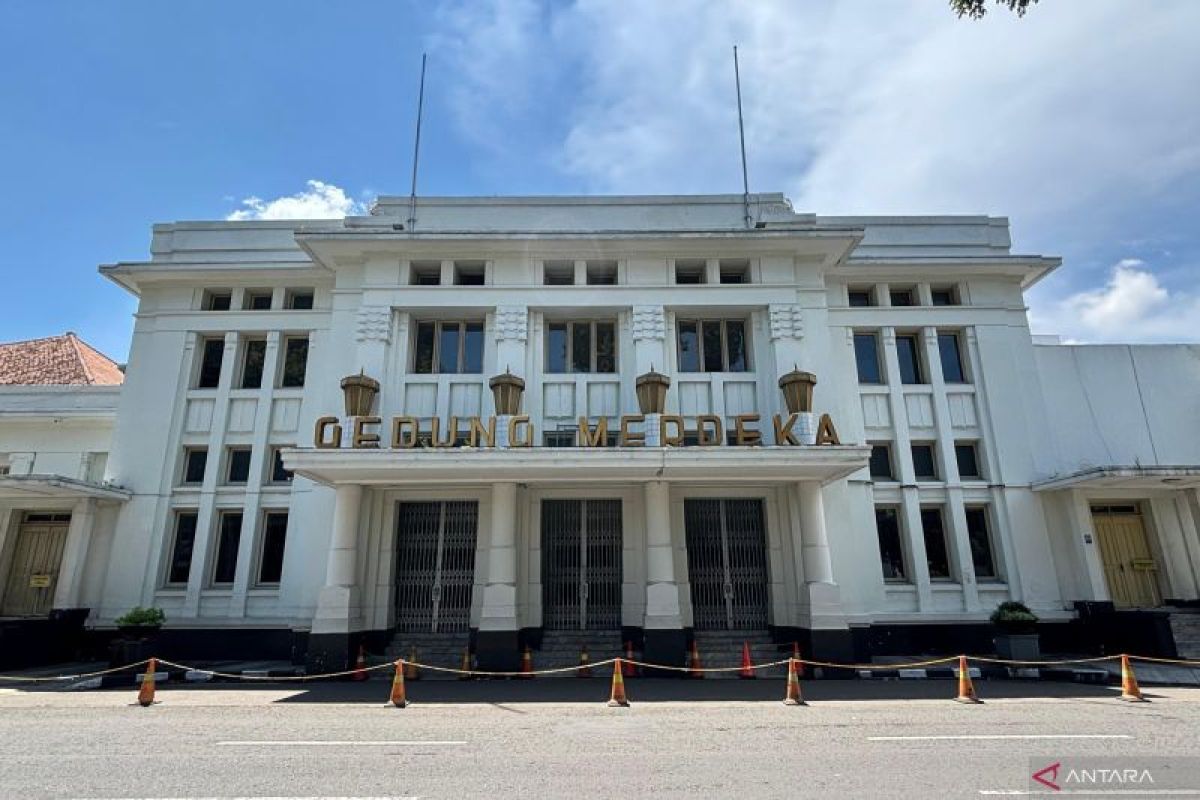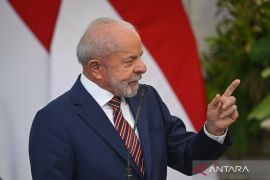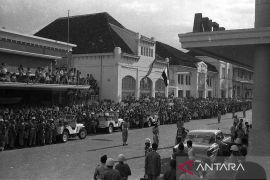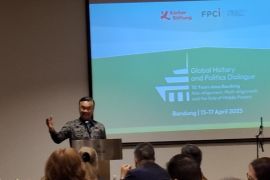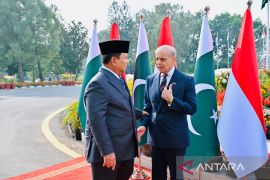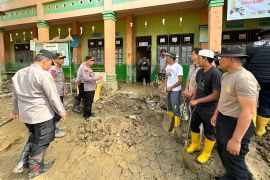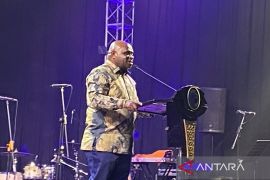It is far from a mere old building as it bore witness to the crucial moment that ignited the will for self-determination among Asian and African nations.
Not only does the Merdeka Building have priceless historical value, it also stands as a symbol of the will of the Asians and Africans to rise and unite against colonial powers. The word “merdeka” itself means independence in the Indonesian language.
On April 18, 1955, the Merdeka Building had the privilege of hosting the Asian-African Conference, also known as the Bandung Conference, which turned out to be a critical milestone in the struggle of 29 participating nations for decolonization and independence.
It was in the same building that the leaders from two different continents met to unite and oppose oppression for the sake of a brighter future for their people.
From April 18–25 that year, the Merdeka Building served as a center for diplomatic activities, helping international leaders to exchange ideas.
It was also in the building that the leaders produced the Bandung Declaration that contains 10 points that they had agreed upon during the Asian-African Conference, fueling Asian and African determination for independence.
Merdeka Building over the years
Back in 1895, the Merdeka Building, located on Asia-Afrika Street, was a humble and simple structure in Bandung.
The building, covering 8,710 square meters of land, once served as a meeting spot for the Societeit Concordia, a group comprising Europeans, mostly Dutchmen, residing in Bandung City and its surroundings. Hence, at the time, the building was known as the Concordia Building.
In 1921, the building was transformed into the most luxurious, complete, exclusive, and modern convention spot in Indonesia by Dutch architect Wolff Schoemaker, who used the Art Deco style.
Fast forward to 1940, another Dutch architect Albert Frederik Albers further polished the building by renovating its left wing in the International architecture style. The building was used as a recreational spot at that time.
In the years of Japanese occupation of Indonesia, the main part of the building was renamed Dai Toa Kaikan and served as a cultural center. Meanwhile, the left wing functioned as a pub called Yamato, which caught fire in 1944.
The year after Indonesia’s declaration of independence on August 17, 1945, the building served as the base of the country’s young fighters before hosting the administrative activities of the Bandung municipal government.
To prepare for the Asian-African Conference, Indonesia’s first president Soekarno decided to once again beautify the building. He also gave it its current name on April 7, 1955. Eleven days later, the building welcomed delegates from 29 countries.
Becoming a part of the nation's history
In early 1954, Sir John Kotelawala, the prime minister of Ceylon (now Sri Lanka), invited the prime ministers of Burma (Myanmar), India, Indonesia, and Pakistan to hold a meeting in his country.
President Soekarno then made the most of the meeting to instruct Indonesian Prime Minister Ali Sastroamidjojo to propose the holding of a conference that would bring Asian and African nations together.
A year later, Indonesia's founding father successfully got the country assigned as the host of the conference and designated Bandung as the host city.
An official at the Asian-African Conference Museum, Christoforus Katon, said that the holding of the conference at the Merdeka Building signified the unity of nations struggling to achieve independence and break free from colonial powers.
The conference provided the leaders of Asian and African nations to sit together and discuss crucial issues related to independence, decolonization, and economic development.
“Plenty of countries from the two continents were still under the control of colonials. The Asian-African Conference was participated by 29 countries, with only six of them coming from Africa,” Katon said at the Merdeka Palace on April 17, 2024.
He said that the conference pushed Asian and African leaders to invest even greater efforts to free their countries from the grip of oppressing nations.
“The remarkable impacts of the Asian-African Conference began to become apparent about a decade after the event. The conference has inspired other nations to roll out national movements for independence. As a result, 36 countries in Asia and Africa gained their independence,” he added.
Katon then reminisced about the time he guided Makhtar Diop, a Senegalese national serving as managing director of the International Finance Corporation (IFC), during his visit to the Merdeka Building.
During his visit, Diop told Katon that he had been dreaming of coming to Bandung since his father, a Senegalese freedom fighter, frequently told him about the vital role played by Merdeka Building in the independence of the African country.
“Before he passed away, my father once told me to come to Bandung, where a building that hosted the Asian-African Conference lies. The independence of Senegal emerged from the building,” Katon quoted Diop as saying.
After the historical conference, the Merdeka Building hosted several international meetings and is still standing as a notable symbol of the struggle for independence and economic development of Asian and African nations.
Exploring the traces of the Asian-African Conference
On the eastern side of the Merdeka Building lies a museum that serves as a repository of stories about the Bandung Conference. The museum is striving to ensure that memories of Asian-African unity are never forgotten.
The idea to build the museum came from Joop Ave, former Indonesian tourism minister who served as chairperson of the committee of the 25th anniversary of the Asian-African Conference commemorative event. Indonesia's second president Soeharto inaugurated the museum on April 24, 1980.
As they enter the museum, visitors get the impression of being transported back to the Indonesia of 70 years ago. In the main conference chamber, tables and chairs assigned to Asian and African leaders stand neatly arranged — as if the conference has just concluded.
Head of the museum, Noviasari Rustam, informed that the museum has a range of historical objects that serve as a testament to Indonesia’s diplomatic success in pushing Asian and African leaders to gain independence.
At the museum, people can view historical photos and replicas of the national flags of attending countries that throw light on a period full of dreams of independence.
The museum also displays panels that trace the organization of the conference in chronological order, the impacts of the conference on Asian and African nations, notable figures, as well as the Bandung Declaration.
People can visit the museum on Tuesdays, Thursdays, Saturdays, and Sundays from 9 a.m. local time until 4 p.m., without buying a ticket.
Even though the Asian-African Conference has long passed, the remnants of Asian and African leaders’ vow to unite in Bandung remain safely preserved at the museum.
The Merdeka Building and its museum will continue to exist to pass down their stories to future generations.
Related news: President Jokowi embarks on first visit to Africa
Related news: Bandung city govt to hold Asia Africa Festival on July 29
Editor: Rahmad Nasution
Copyright © ANTARA 2024
